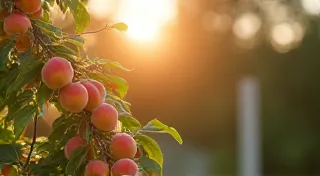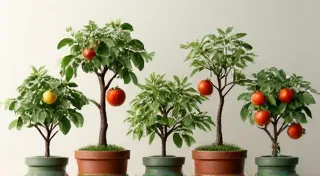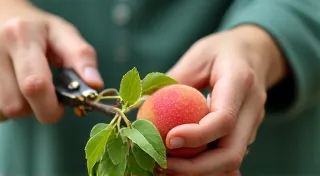Budget-Friendly Tips for Growing Dwarf Fruit Trees in Containers
Want the joy of growing your own fruit but think container gardening is too expensive? Think again! Growing dwarf fruit trees in containers can be surprisingly affordable with a little planning and creativity. This guide will help you get started with container gardening on a budget, covering everything from pots to fertilizer.
Choosing Affordable Containers
The pots themselves can be a significant expense. Here are a few cost-saving strategies:
- Repurpose Items: Think outside the nursery pot! Large yogurt containers (with drainage holes added), sturdy plastic buckets, and even old laundry baskets (lined to prevent soil loss) can work wonders. Just ensure they’re large enough for the mature size of your dwarf fruit tree.
- Shop Secondhand: Check online marketplaces or local thrift stores. You can often find large pots for a fraction of the retail price.
- Consider Fabric Pots: While not traditionally "budget" in the initial cost, fabric pots offer excellent root aeration and drainage, often leading to healthier trees that require less fertilizer – a long-term cost savings.
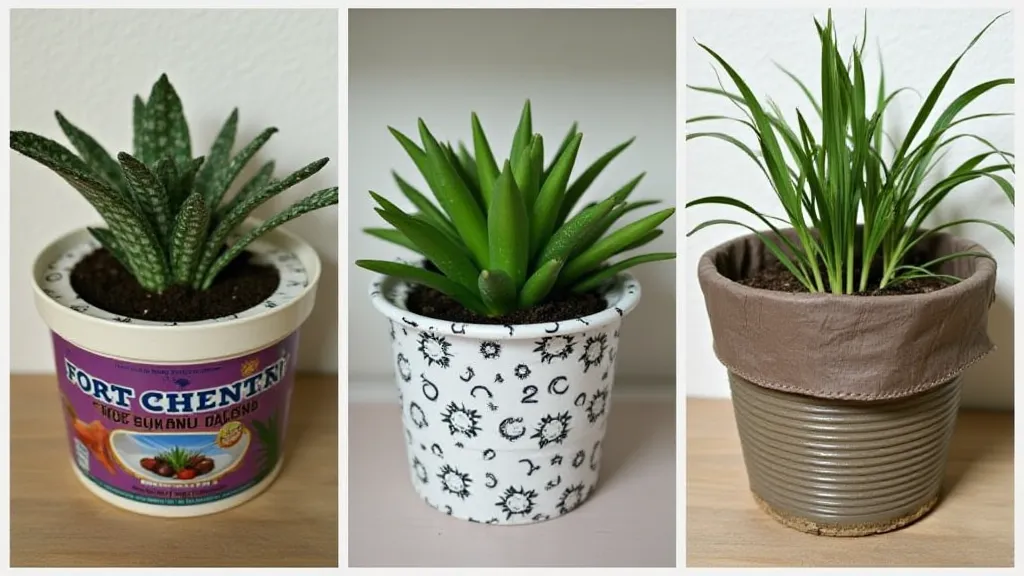
Soil Savings: The Right Mix for Less
High-quality potting mix isn't cheap, but you can create a budget-friendly blend:
- DIY Potting Mix: Combine equal parts of peat moss or coco coir (a sustainable alternative to peat), perlite, and compost. This mixture provides excellent drainage and aeration while supplying some nutrients.
- Amend Existing Soil: If you have access to good quality garden soil, you can use it as a base and amend it with compost and perlite to improve drainage and structure. Be cautious, as heavy garden soil can compact and restrict root growth. Proper fertilization is key to thriving trees, and you can learn more about fertilizing dwarf fruit trees in containers to ensure optimal health.
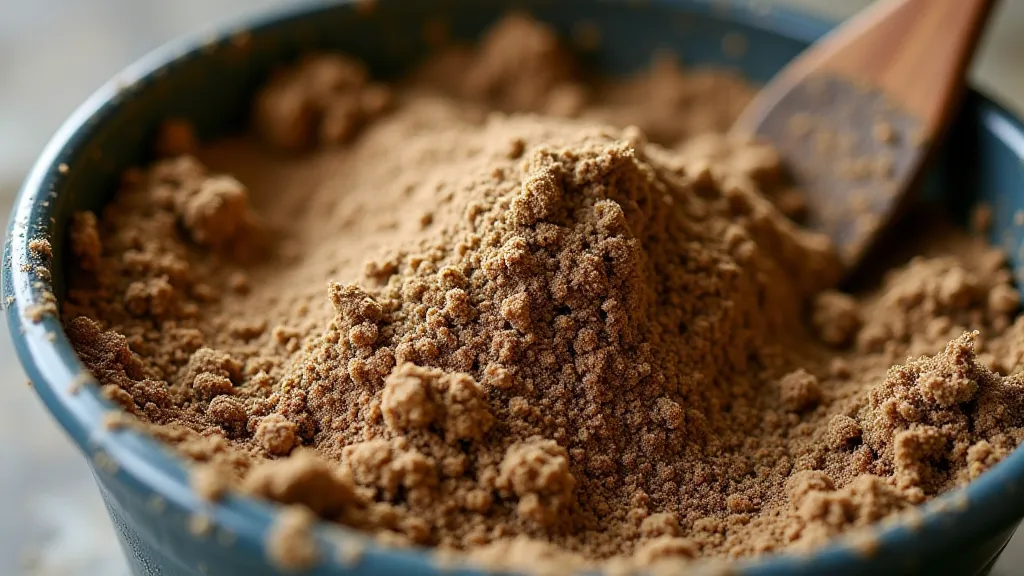
Fertilizer on a Shoestring
Feeding your dwarf fruit trees is crucial, but you don’t need to buy expensive, branded fertilizers.
- Compost Power: Compost is a fantastic, slow-release fertilizer. Add a generous layer to the top of the soil each spring.
- Coffee Grounds: Used coffee grounds are a great source of nitrogen. Sprinkle them around the base of your tree. (Use sparingly, as they can be acidic.)
- Eggshells: Eggshells are rich in calcium, which helps prevent blossom-end rot. Rinse them, crush them, and mix them into the soil.
- Worm Castings: These are an excellent all-around fertilizer. A small amount added to the soil or used as a top dressing will benefit your trees.
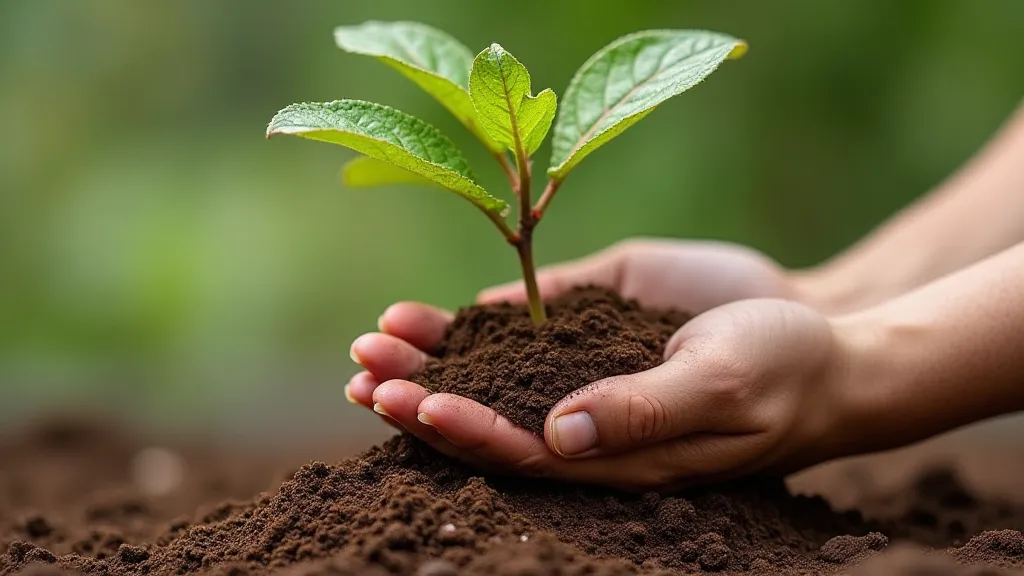
Water Wisely
Conserving water saves money and is environmentally friendly. Knowing the nuances of watering dwarf fruit trees in containers is essential for their long-term health, preventing both underwatering and overwatering.
- Water deeply but less frequently: This encourages deep root growth, making the trees more resilient.
- Use Mulch: A layer of mulch helps retain moisture and suppress weeds.
- Collect Rainwater: Rainwater is naturally soft and free of chemicals.
Choosing the Right Dwarf Fruit Trees
Some varieties are more vigorous than others. Research and select dwarf varieties that are known to stay compact and require less pruning. This reduces your long-term time and effort investment. Consider that proper fruit thinning for dwarf fruit trees is also a key factor in maintaining their size and producing quality fruit.
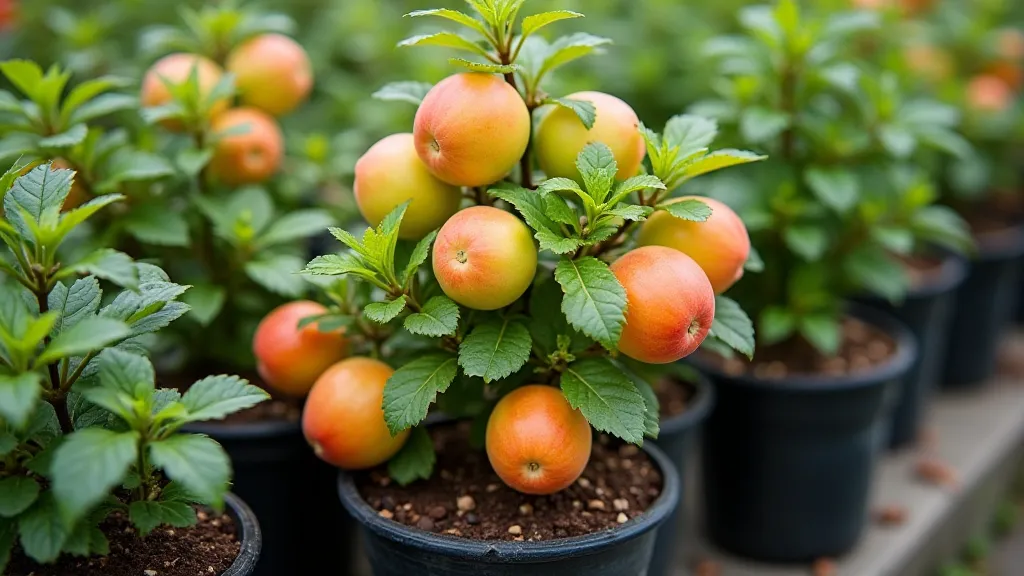
Addressing Common Container Gardening Challenges
Container gardening presents unique challenges compared to planting in the ground. Rootbound conditions are a frequent concern. As roots fill the available space, growth slows down and the tree's overall health can suffer. Regularly checking the root system during repotting is vital. Furthermore, container-grown trees dry out more quickly, demanding more frequent watering, particularly during hot weather. Selecting the right container material also plays a role; terracotta pots, while aesthetically pleasing, can dry out faster than plastic or fabric pots. Finally, understanding the specific needs of different fruit varieties is critical. Citrus trees, for example, have different requirements than apple or pear trees.
Repotting and Root Health
Repotting becomes a necessary task as your dwarf fruit trees grow. When repotting, choose a container only slightly larger than the previous one—significant jumps in pot size can lead to root rot. Gently tease apart any circling roots before replanting. This process helps to encourage outward root growth, preventing them from becoming constricted. Regularly inspecting the roots for signs of disease or pests is also essential for maintaining tree health. Healthy roots translate to vigorous top growth and abundant fruit production.
Dealing with Pests and Diseases
While container gardening can offer some protection against soilborne diseases, pests can still be a problem. Common pests of dwarf fruit trees include aphids, scale, and spider mites. Regularly inspecting your trees for signs of infestation is key to early detection. Organic pest control methods, such as insecticidal soap or neem oil, can be effective in controlling infestations. Prevention is always better than cure, so ensure your trees are receiving adequate sunlight, water, and nutrients to keep them strong and resistant to pests and diseases.
Long-Term Savings and Enjoyment
Remember, gardening is an investment. While some initial savings can be achieved with these budget-friendly tips, the long-term benefits of growing your own fruit – the delicious taste, the satisfaction of a successful harvest, and the joy of connecting with nature – are priceless. Many people find the reward of harvesting your own fruit well worth the time and effort.

